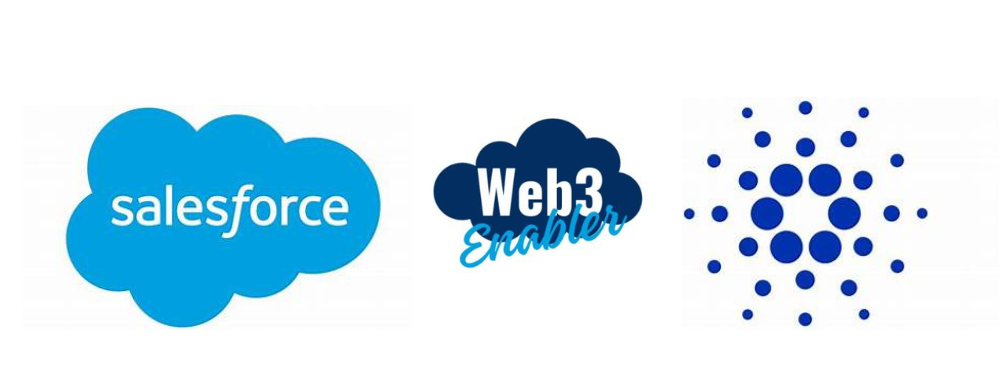Genius Act 2025 marks a pivotal moment in the evolution of stablecoin regulation in the United States, setting the stage for a robust, federally backed framework that could unlock mass corporate adoption of blockchain payments. In this episode of Real World Blockchain, Web3 Enabler CEO Alex Hochberger breaks down the implications of the Genius Act (S.1582) for enterprise blockchain applications, the future of financial regulation, and the growing synergy between stablecoins and enterprise SaaS platforms like Salesforce.
What the Genius Act 2025 Means for Stablecoins
The Guiding and Establishing National Innovation for U.S. Stable Coins of 2025 Act, or Genius Act, establishes comprehensive rules for stablecoins, differentiating them clearly from higher-risk crypto instruments. It mandates full 1:1 backing by cash or U.S. Treasuries and prohibits stablecoins from bearing interest. This distinction separates stablecoins from crypto money market funds, making them closer to demand deposit accounts in the traditional banking world.
The bill introduces a smart regulatory threshold: issuers of stablecoins under $10 billion remain under state regulation, preserving flexibility and innovation for smaller projects. Those exceeding $10 billion move under federal oversight, creating a dual-tier system that balances innovation with systemic risk management.
Bankruptcy Protections and Consumer Stability
A standout provision of the Genius Act is the priority given to stablecoin holders in bankruptcy proceedings. This consumer-first approach ensures that in the event of an issuer collapse, stablecoin holders are prioritized over other debt holders. This added protection reflects lessons learned from past failures in the crypto space and builds public trust.
The Legislative Path and Bipartisan Momentum
While the bill has faced partisan challenges—particularly from Senator Warren and others advocating for tighter bank-level control—it has also drawn strong bipartisan support. Senators Hagerty (R-TN) and Gillibrand (D-NY) sponsor the bill, showing a maturing consensus in Washington around the need for stablecoin regulation.
The Senate’s final cloture vote and upcoming reconciliation process with the House will determine how soon this becomes law. We await the formality now of the final vote where the Senate passes the GENIUS Act, but final passage is a simple majority vote. Realistically, rulemaking and implementation may stretch into 2026, with mainstream adoption likely by 2027.
To follow the bill’s progress, you can view it on Congress.gov.
Why This Matters for Enterprises Using Salesforce
As the only Salesforce ISV fully dedicated to blockchain-native dApps, Web3 Enabler stands at the intersection of traditional enterprise software and Web3 innovation. This regulation provides the certainty needed for large corporations to begin seriously integrating stablecoins into their workflows.
Web3 Enabler’s flagship products include:
- Blockchain Payments for Salesforce, enabling seamless crypto transactions within Sales Cloud and Revenue Cloud.
- Digital Asset Wallet, a Salesforce-native read-only wallet backed by a USDC grant from Circle.
The Genius Act’s emphasis on regulation without overreach supports exactly these types of enterprise-grade blockchain applications, where transparency, compliance, and usability are critical.
Beyond Payments: The Tokenization Frontier
This legislation is just one piece of a broader transformation. Alex highlights how tokenization of receivables, equities, and loans is starting to emerge, especially among smaller firms seeking transparency in opaque markets. (See more on tokenizing receivables.)
Web3 Enabler is also leading innovation in wallet control, planning integrations with hardware wallets and native MetaMask management. These features enable secure crypto treasury operations, bringing institutional rigor to blockchain use.
A Realistic Timeline for Adoption
While optimism is high, let’s not get out past our skis—regulatory frameworks require staffing, public comment periods, and agency rulemaking. By late 2025, we should see concrete use cases, with full-scale adoption likely between 2026 and 2027.
U.S. Crypto Regulation vs. Global Competitors
As the U.S. inches toward stablecoin clarity, Circle, Coinbase, and other leaders have expressed support. However, cross-jurisdictional challenges remain, particularly for players like Tether operating under both U.S. and European regimes. This evolving landscape underscores the need for agile compliance and interoperable frameworks.
Why It Matters Now
This legislation could position the U.S. as a leader in blockchain finance, much like it has historically dominated global financial systems. For companies already deploying or exploring crypto integrations in enterprise settings—whether XRP, Bitcoin, or USDT—this regulation offers a welcome dose of clarity and opportunity.
Learn more about enterprise blockchain adoption at Web3 Enabler or explore how stablecoins are changing global payments.







